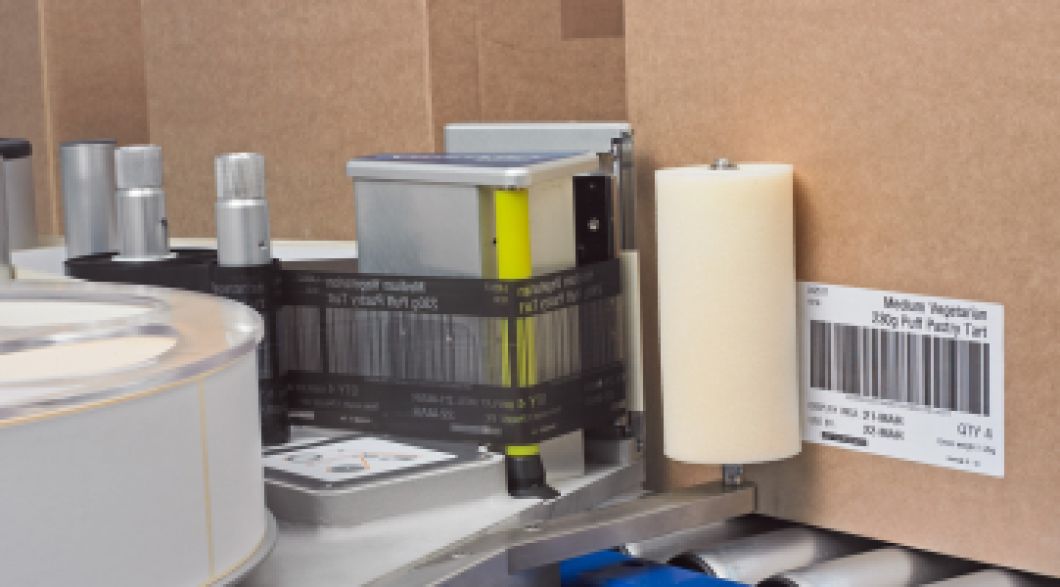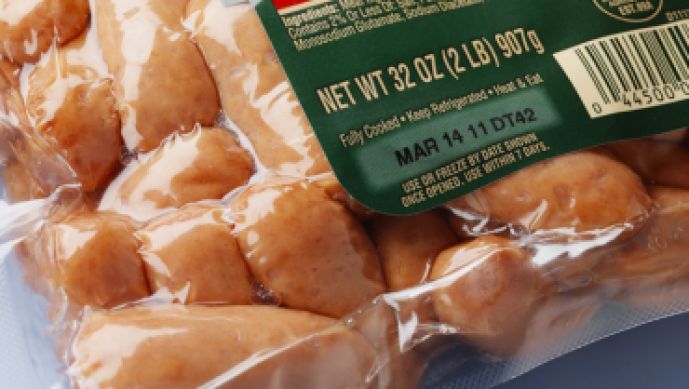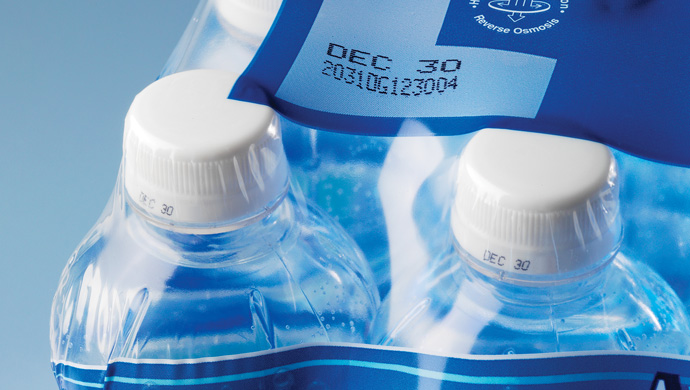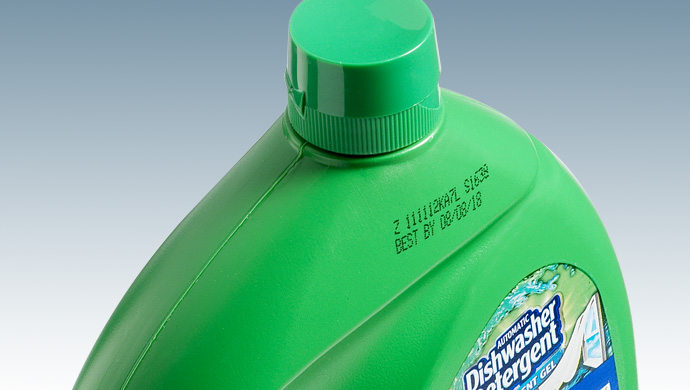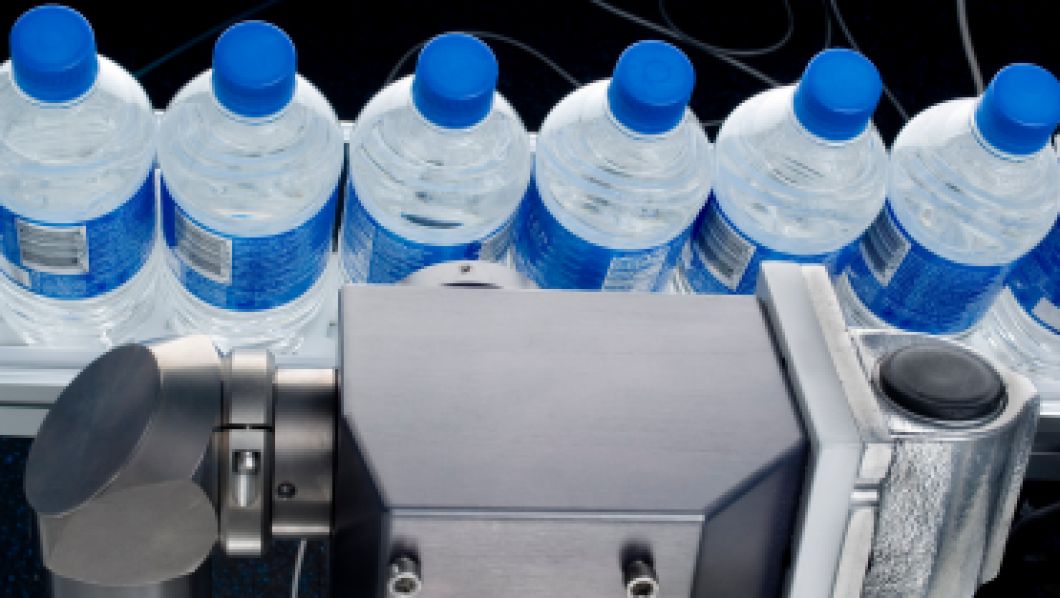Categories
Contact Us
Barcode printers are essential tools in modern businesses, enabling seamless product labeling, inventory management, and tracking across industries. Whether you are looking for enhanced efficiency, precision, or compliance with international standards, barcode printers empower businesses to achieve more with less effort. At Videojet, we understand the unique needs of businesses in the United Arab Emirates and offer solutions tailored to regional market requirements.
Why Choose a Barcode Printer for Your Business?
A barcode printer is a device specifically designed to produce machine-readable codes on product labels. These codes store critical information, including product details, pricing, and inventory numbers. Here’s why investing in a barcode printer can transform your operations:
- Accuracy: Reduces manual errors in product labeling.
- Speed: Enhances productivity with rapid printing speeds.
- Compliance: Meets UAE’s regulatory standards for supply chain transparency.
- Cost-Efficiency: Minimizes operational costs by streamlining inventory processes.
At our company, we provide cutting-edge barcode printing solutions to businesses across industries, including retail, logistics, and manufacturing.
Features of Our Barcode Printers
Key Technical Benefits
- High Print Resolution: Ensures sharp and clear barcode labels.
- User-Friendly Interface: Simplifies operations for staff.
- Compact Designs: Saves workspace while delivering powerful performance.
- Durability: Built to withstand challenging environments.
- Compatibility: Seamlessly integrates with ERP and inventory systems.
Applications of Barcode Printers
Barcode printers are versatile tools widely used in:
- Retail product labeling.
- Logistics and supply chain management.
- Inventory tracking in warehouses.
- Compliance labeling for export goods.
Whether you run a small business or a large enterprise, our barcode printers ensure consistency, quality, and efficiency.
A barcode printer is a device designed to print barcodes on labels, tags, or other materials. These barcodes help businesses track inventory, manage assets, and improve operational efficiency.
At Videojet, we combine cutting-edge technology with a deep understanding of industry-specific challenges. Our barcode printers are designed to meet the demands of the UAE market, offering reliable performance, cost-effectiveness, and unmatched support.


